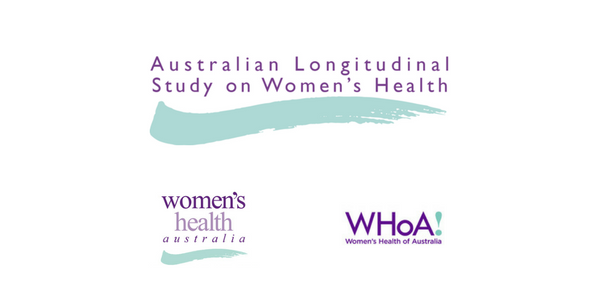
Welcome
to your 2016 Participant Newsletter. We hope you enjoy the new, mobile friendly newsletter format.
In 2016 we celebrated 20 years providing Australian policy makers and researchers with vital data on the health and well-being of Australian women. This major milestone wouldn’t be possible without your commitment and contributions.
The information and experiences that you share help to shape a better healthcare system for all Australian women. You can be proud to be part of Australia’s largest, longest running study on women’s health.
Thank you for being part of this wonderful project!
We appreciate your openness and trust in sharing your stories. Your data is helping Australian women and driving the development of prevention, intervention and support strategies.
The Study provides the government and other decision-making bodies with an evidence base for the development and evaluation of policy. To do this we rely on your candid responses to personal, sometimes difficult questions – especially on the topic of abuse.
In 2016 we presented research outcomes to the Department of Social Services, Department of Health, and World Health Organisation. In October, Professor Deborah Loxton presented at a seminar focused on ending violence against women in Australia and the Asia Pacific Region. It was hosted by the Department of Foreign Affairs and Trade and the Australian National University.
In March, Professor Gita Mishra attended the United Nations Commission on the Status of Women (CSW60) in New York to present data on intimate partner violence. And in December, we were invited by the Australian Government Office of Women to provide input into priorities for the next Commission on the Status of Women (CSW61).

Professor Gita Mishra at the UN Comission on the Status of Women (CSW60)
Mothers from the 1973-78 cohort with children under 13 have been invited to take part in the Mothers and their Children’s Health (MatCH) substudy. The substudy provides a unique opportunity to explore the health and wellbeing of children in relation to their mother’s health.
To help us understand differences and similarities among siblings, we are collecting data on up to three children per mother. The survey asks about childcare, health care, family size, infant feeding, physical activity, sleep, parenting, and emotional, social and physical development. It also includes questions on factors that are of specific interest to researchers, policy makers, and health professionals, like screen time and the size of yards.
A big thank you to all who have taken part so far!
Nearly 2500 mothers have now completed the survey, reporting on over 4500 children (both girls and boys). And for those who haven’t yet (or have started but not quite finished) there’s still time – the survey will be open until the end of March.
To do the survey (or find out more) go to: www.alswh.org.au/match.
Here’s some of the feedback we’ve received:
“This survey is very comprehensive, well done on this. I would really love an overview of the results like we get with the ALSWH surveys.”
“I am quite proud to be a part of this study and now my children will be too.”
“Thank you for the opportunity to be a part of something I feel is of value.”
There is international evidence suggesting the health of younger generations is getting worse, not better. Since poor health in early adulthood increases the risk of future chronic illness it is important to confirm whether young women’s health is really changing, identify the causes, and develop programs for prevention or intervention.
Women in the 1989–95 cohort do report poorer physical health than their counterparts in the 1973–78 cohort. They are more likely to report their general health as “fair or poor”; and to report allergies, headaches, severe tiredness, back pain and skin problems “often”. At this age, both groups had a similar sociodemographic makeup; the majority were unmarried, lived in a major city and didn’t have children. With the exception of smoking, which is declining, both groups also engaged in similar levels of risky health behaviours like drinking and taking drugs.
So, what’s contributing to the decline in health? Researchers found that stress accounted for a large proportion of the physical health differences between the groups.
The differences between generations may be because young women today have a better knowledge of health issues and higher expectations of ‘good’ health. However, many of the physical symptoms experienced by women in the study are also frequently experienced in times of heightened stress. Different economic conditions, changing social expectations, and increased pressure to balance work and study may all contribute to greater levels of stress.
Published in PLOS ONE (2015), DOI:10.1371/journal.pone.0142088
Excessive alcohol consumption and mental health problems are major public health issues. There is a complex relationship between the two and it is unclear whether excessive drinking leads to depression or vice versa. With both issues highly prevalent in young Australians it is important to understand the long-term impact of the relationship. However, there is very little research on the effects of drinking on young women’s mental health.
Researchers addressed this gap by investigating the relationship between binge drinking in young adulthood (age 16-21) and later depression in women from the 1973-78 cohort. Binge drinking is classed as drinking five or more standard drinks. They found five different categories of binge drinkers ranging from very infrequent bingers to extremely frequent bingers (more than weekly). Women in the extremely frequent category were at elevated risk of depressive symptoms in both the short-term (one to six years), and the long-term (ten to fifteen years).
These findings suggest that there is a lasting impact of heavy drinking on mental health and that there is a threshold where the risk of depression not only increases but is sustained over time.
Published in: Drug Alcohol Depend. (2016) DOI: 10.1016/j.drugalcdep.2016.01.019
Moving house is a major life event at any age; fraught with complex, stressful decisions. Older people in Australia face a strong social expectation that they will ‘downsize’ or move into retirement communities, and yet many are understandably reluctant to move from family homes and familiar environments. We analysed data for women in the 1921-26 cohort to find out what older Australian women really do when it comes to housing. The results were surprising.
The patterns can be summarized into five main groups: The majority of women remained in a house (60%) or apartment (13%) throughout most of their 70s and 80s. Only a few of these women moved into residential aged care in their late 80s. Around 6% of women lived in retirement villages throughout most of this period of their lives, and a further 7% downsized from a house to an apartment or a retirement village during this period. Some women from these groups moved into residential care later in life. The other 14% of women belonged to a group that had all moved into residential aged care in later life.
The results support the Australian Government’s policy emphasis on ageing-in-place and providing care in people’s own homes rather than in institutional settings. The relatively small number of women downsizing to apartments or retirement villages could reflect a lack of appropriate options for older people. Or, it might be a result of women’s adaptability and ability to modify their home environment to suit their changing needs.
Published in: Urban Studies (2016) DOI:10.1177/0042098016661309
Recent research shows a relationship between stopping driving and depression. This relationship is especially important for older women because they are more likely to stop driving than men, more likely to stop driving pre-maturely, and are also more vulnerable to depression than older men.
Data from our 1921-26 cohort shows that women who stopped driving but maintained their social contacts and stayed involved in social activities (like going to the theatre, religious services, sporting events, playing cards etc.), reported better levels of mental health.
If you or a loved one has to stop driving it’s important to have alternative travel arrangements in place and plenty of social support. Steps to reduce social isolation can include talking to neighbours, regular phone calls, being active on the internet, learning the public transport system, taking advantage of courtesy bus systems or car-pooling with friends and family.
Published in: International Psychogeriatrics (2016) DOI: 10.1017/S1041610216000211
Background
You may remember that during this project we have asked you for permission to receive details from Medicare Australia about your use of Medicare-funded health services. By putting the Medicare data together with the survey data, we have looked at general patterns of use of health services, particularly general practitioner and specialist consultations. Having these data has helped us to write reports about women’s access to health services and particularly about how much the services cost according to where women live around the country. These reports have been provided to the government to help improve services for women.
What’s new?
Following discussion with Medicare Australia, information held by them will be regularly provided to the research team without your needing to consent every time. Other information, such as birth and death records, disease registers and hospital discharge records, aged care and community datasets, will also be available subject to strict privacy and confidentiality rules. Names and addresses are not included with the information. The project staff who analyse these datasets and the survey data, have signed confidentiality statements and they have no information in the datasets that could identify an individual person. This research is conducted in accordance with relevant privacy requirements and other legislation protecting this information.
What happens next?
You do not need to do anything. However if you have any questions about this process or if you need more information, please call the Freecall number 1800 068 081 and we will send you a more detailed information sheet. If you have concerns about this method of data collection, you can opt out of this by phoning the Freecall number. We will provide updates in future newsletters about our progress and findings and how this research will benefit the health of women now and in the future.
If we do not hear from you after inviting you to complete your latest survey we will send reminders. These may include reminders targeted to participants by matching your email address or mobile phone number with social media records in a secure and confidential manner. If you do not wish to be contacted in this way please let us know by phoning the Freecall number 1800 068 081. Your participation in the project is voluntary.
If you have any concerns about this project, and would prefer to discuss these with an independent person, you should feel free to contact the Human Research Ethics Officer at either the University of Newcastle or University of Queensland.
The Human Research Ethics Officer Research Branch,
The University of Newcastle, University Drive,
Callaghan, NSW 2308 Ph: 02 4921 6333
The Human Research Ethics Officer University of Queensland, St Lucia, Qld 4072
Ph: 07 3365 3924
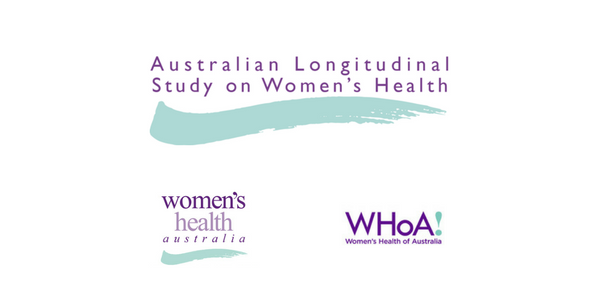
The Australian Longitudinal Study on Women's Health is conducted by the University of Queensland and the University of Newcastle. We are grateful to the Australian Government Department of Health for funding and to the women who provided the survey data.



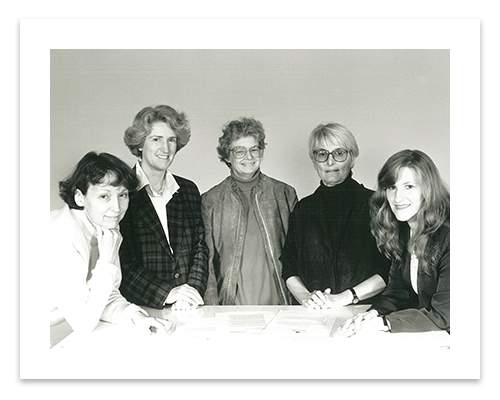



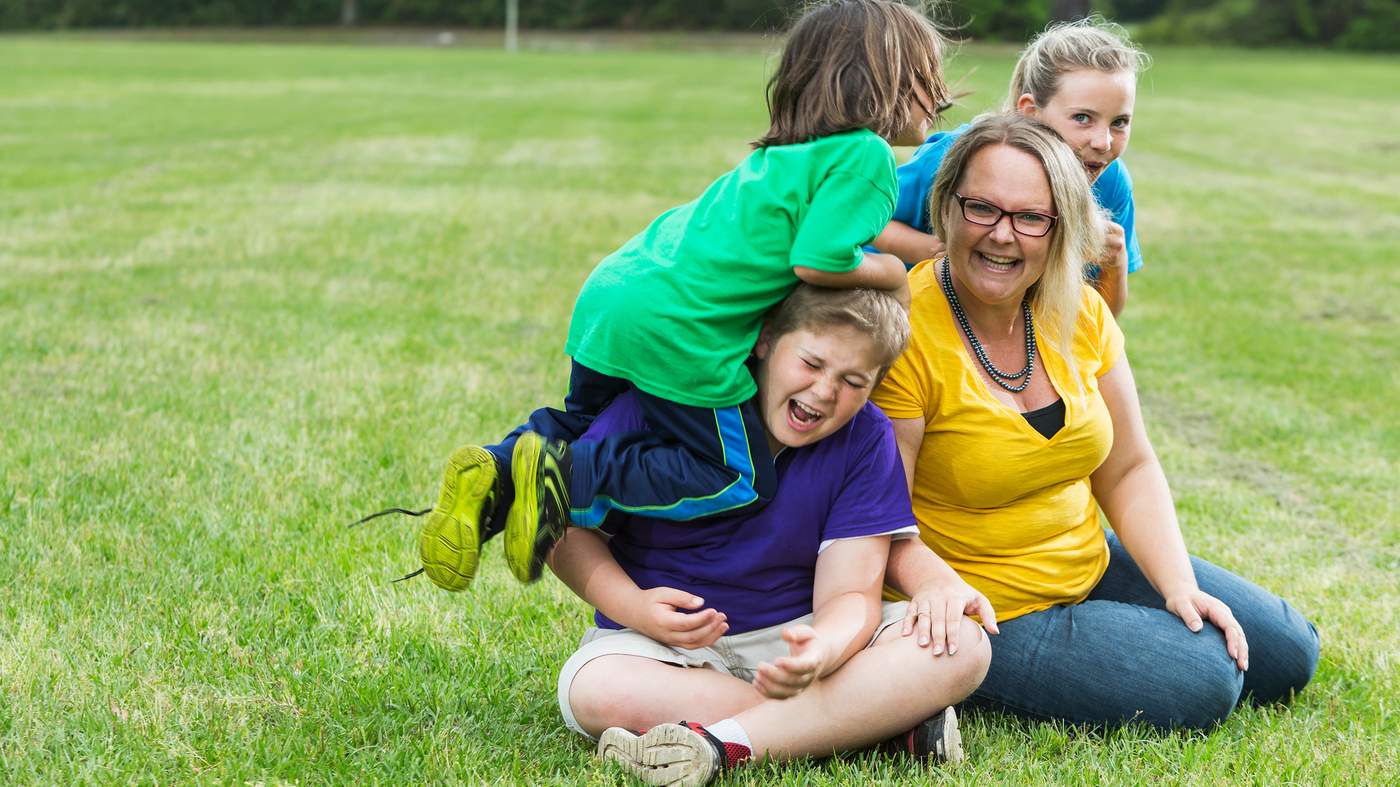



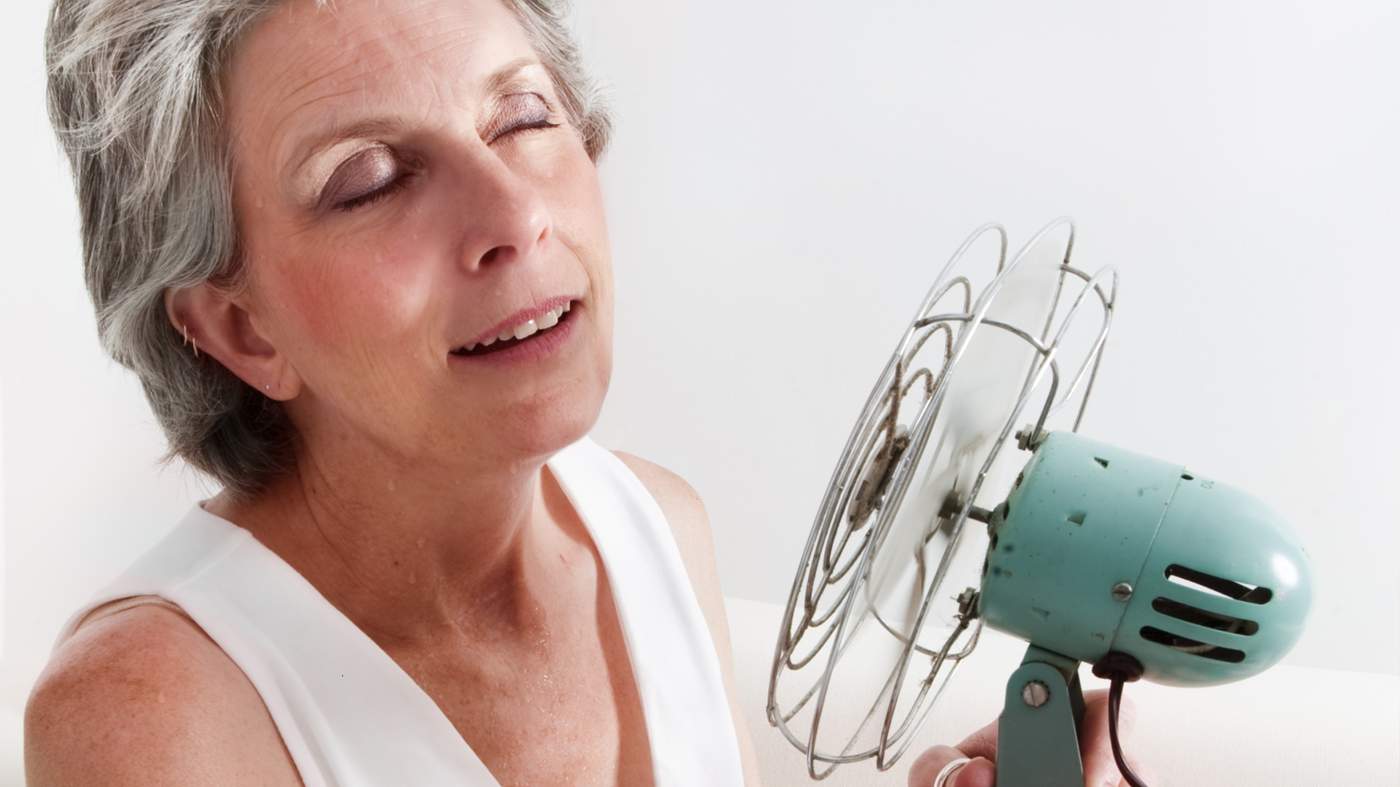
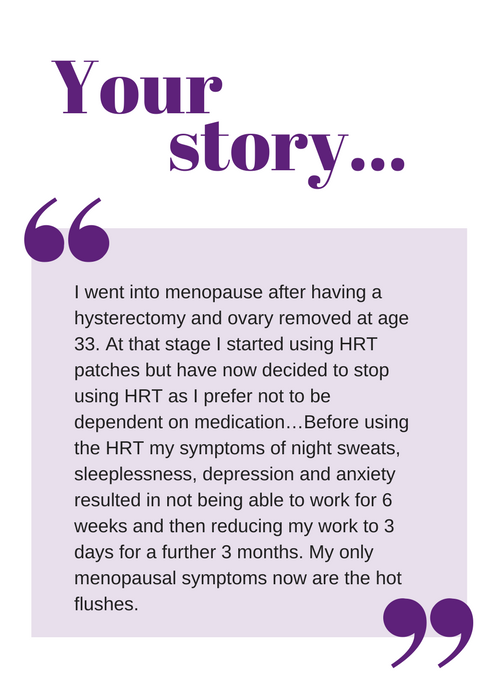

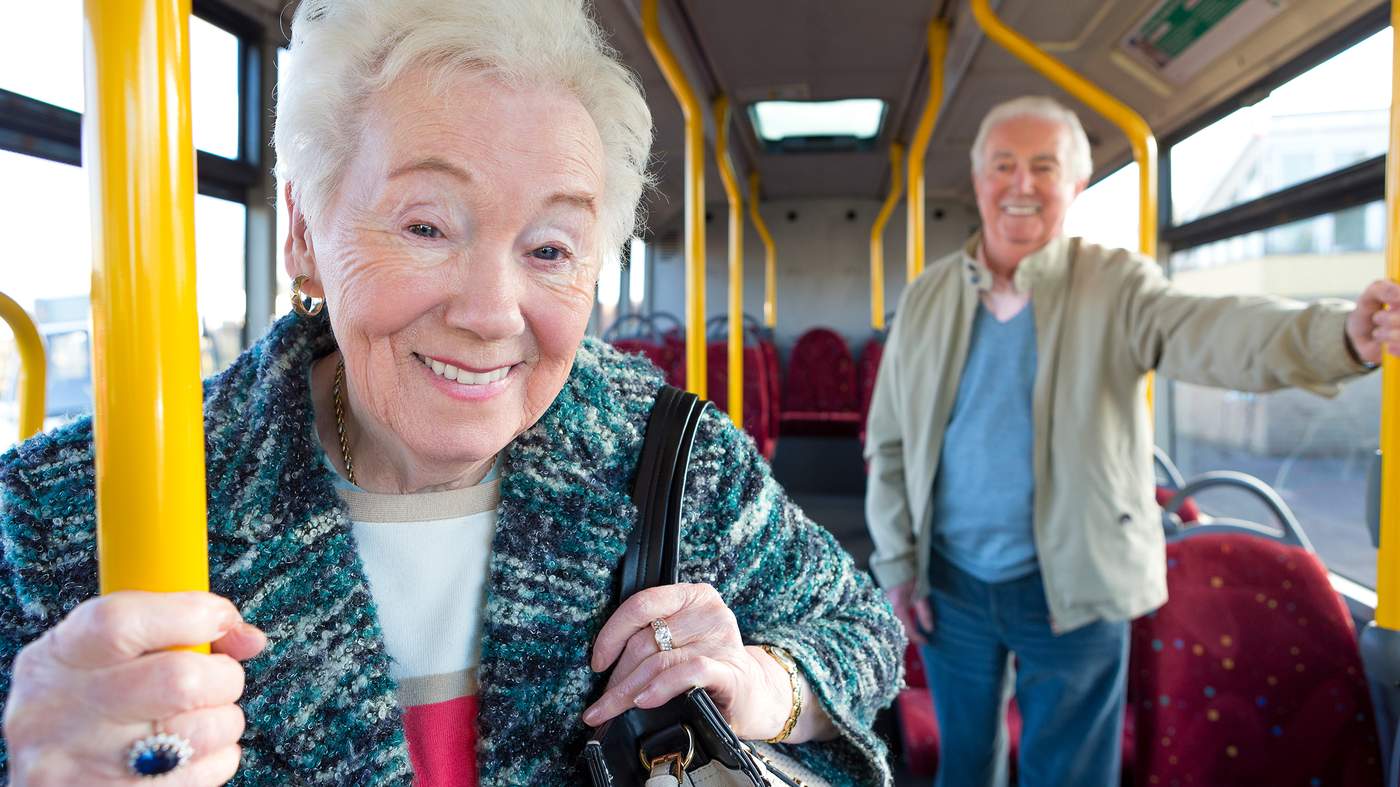

At the end of each survey, we ask “Have we missed anything?” Over the years many of you have shared your experiences and written about the health issues that are important to you. So far, you have written over 56000 comments. They are all read by our researchers, and provide a very important dimension to the study data.
We analyse your comments in four main ways:
1: to ensure the survey addresses issues that are important to Australian women.
Early in the Study we noticed that many women wrote about Polycystic Ovarian Syndrome (PCOS) and the importance of this diagnosis. At that time PCOS was not well recognised, even though it is thought to affect around 5% of women of reproductive age. As a result, we added PCOS to the survey, and undertook a number of studies that examine the effect of PCOS on health outcomes.
2: to illustrate the findings from the survey
In an analysis of older women drivers, the comments provided insights into the importance of driving for the well-being of the women and those they care for, their difficulties and concerns, and the strategies they use when driving is no longer an option.
3: to provide deep insight into the experiences of Australian women
Your comments provide a strong narrative about how women negotiate their health over time and across the life course. We have analysed your comments to understand the experience of post-natal depression, how women develop resilience in times of drought, approaches to retirement, the needs of carers, how women make optimal use of their personal and social resources in order to age well, the impacts of stroke on physical and functional capacity, and difficulties in accessing and affording medicines and other health care.
In many cases you have shown us that standard measures of health do not capture the real impacts of these conditions and events on women’s lives, nor those things that might have beneficial effects.
4: as linguistic data
Sometimes it’s not so much what you say, but how you say it. Researchers can apply modern analytical methods to examine the structure of comments. Change in language structure may be useful in the future for diagnosing age associated changes in cognition, health and functional capacity.
By describing your health in your own words, you provide a strong, clear message about what matters to women. So please keep writing, and we will keep reading. The pen is in your hands.